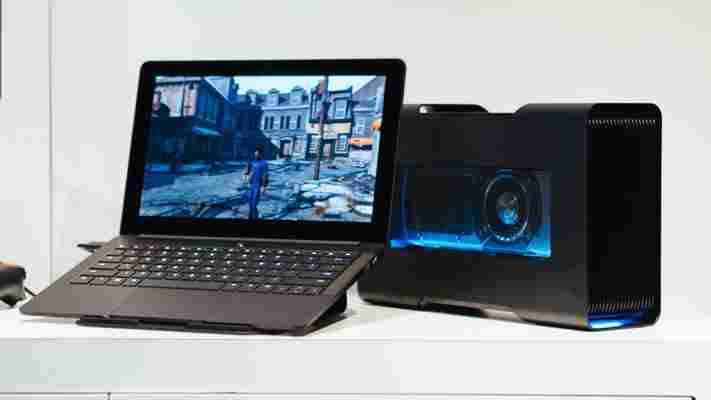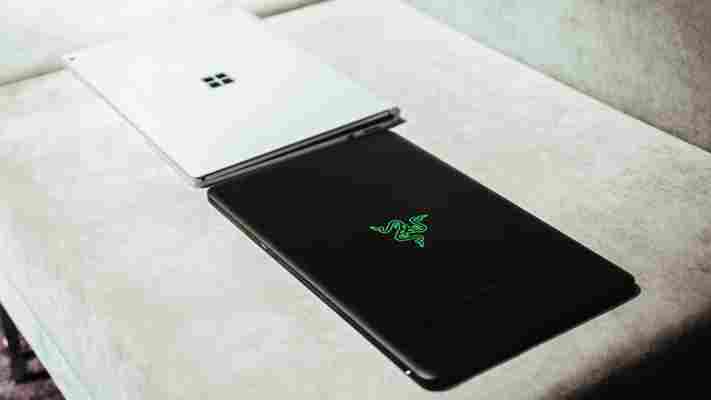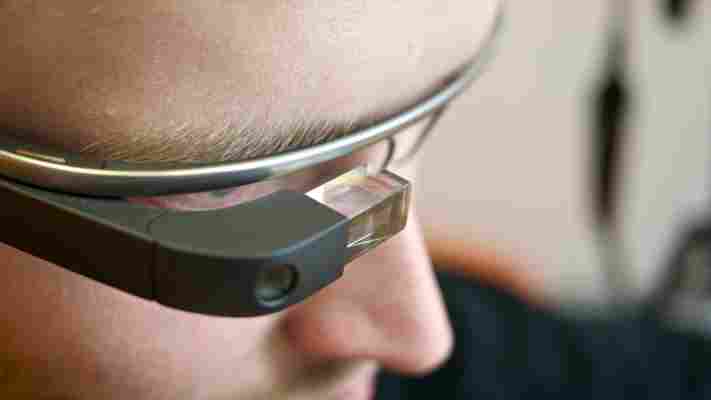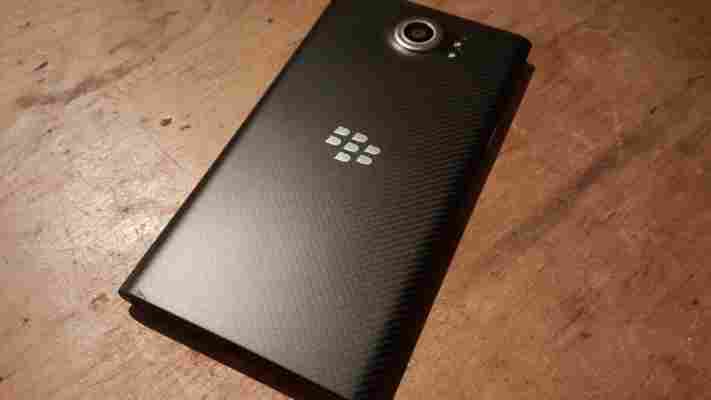Razer’s $999 Blade Stealth is basically a MacBook Air made for gamers
Razer has become much more than a gaming peripheral company. Its recent Blade line of laptops have been the subject of a fair amount of critical acclaim, and the latest entry – the Blade Stealth – is going to make a lot of gaming dreams come true.

Unveiled at CES , the 12.5-inch laptop weighs 2.75 pounds, starts at $999, and purports to handle all your gaming needs. Well, kind of; you’ll need the additional Razer Core graphics dock (currently unpriced), which can power virtually any desktop-class video card through the Stealth’s Thunderbolt 3 port (a higher-end version of USB-C ).
That might seem like something of a cheat, and Razer isn’t the first to try this, but it’s by far the most sensible implementation for adding upgradeable external graphics to a laptop I’ve seen yet.
Alienware’s laptops are still much bulkier than what we’ve come to expect from mainstream laptops, while MSI’s solution is less elegant. Both require you to restart your computer to use the desktop card too.


Meanwhile, the single Thunderbolt 3 connector is able to power the graphics card, gigabit Ethernet and four standard USB 3.0 ports. It’s dead-simple to replace the graphics card too; just turn and pull a handle on the back of the device to slide it out.
But even if you don’t need the gaming dock – which can be used on any device with a Thunderbolt 3 port, by the way – Razer presents a seriously compelling device.
The base $999 price configuration gets you a 2560 x 1440 touchscreen, 8 GB of RAM, 128 GB of PCIe storage and a Skylake Core i7 powered by Intel’s HD 520 graphics. It’s quite possibly the only time I’ve seen an ultrabook with base specs I’d be happy with, comparing more than favorably with anything else on the market right now.
Razer is also claiming eight hours of battery life on this configuration, which is less than many ultrabooks, but reasonable if it pans out in the real world.
But shell out some more, and you can get a 4K screen with 100 percent of the Adobe RGB color gamut and 512 GB of storage ($1,600 for the top config). The only real qualms are that it can’t currently be configured with 16 GB of RAM, and the 4K screen will reduce battery life to six hours.
Razer hasn’t cut any corners on the build either. It has a sleek, all metal construction with a soft, matte black finish. If Razer’s logo weren’t so gamer-gaudy, I’d say the Stealth is more understated than the 13-inch Macbook Air it’s competing against.
The keyboard certainly isn’t understated though, as it can light up virtually any color and react to your typing and gaming actions. It’s a pleasure to type on too, if a little shallow on travel, and the trackpad felt both smooth and accurate. Meanwhile, both screen options looks great, especially the 4K model, although the bezels are a bit larger than I prefer.
We’ll need more time with the device for final conclusions, but at first glance, I can’t help but be enamored; other than battery life, it’s spec for spec more powerful and more affordable than the equivalent MacBook Air. It’s hard to imagine Razer doesn’t have a winner on its hands.
➤ Razer Blade Stealth
The sound in your skull could be the ultimate password you’ll never forget
Fingerprint readers and iris scanners are great for authenticating people in buildings and on mobile devices. The next big thing in biometrics might lie under our skin.

Researchers at the University of Stuttgart, the University of Saarland and the Max Planck Institute for Informatics in Germany are working on SkullConduct ( PDF ), an authentication system that uses a bone conduction speaker and mic on your head to identify you.
Hooked up to a modified Google Glass, it works by playing a one-secong-long audio clip through its speaker and then captures the sound after it’s traveled through the user’s skull. It analyzes the unique frequency to identify the wearer.
The team found that their system correctly identified its test subjects 97 percent of the time. So yes, there’s a still a way to go before it works perfectly. There are also a couple of limitations to the system: it may not work as well if there’s enough background noise to interfere with the audio, and factors like users’ weight gain may change the feedback the mic receives, leaving the user locked out of their device.
Still, this tech is very much in the research stage so it’ll likely be refined over time. Even if it doesn’t become a mainstream solution, It could be used in conjunction with other authentication methods to serve as a second layer of security.
The research team will present their findings at the Conference for Human-computer Interaction in San Jose next month.
BlackBerry’s rolling out an Android Marshmallow beta program for the Priv
BlackBerry has announced that Priv owners can register their interest to join a beta program to so start testing out the Android Marshmallow OS.

While that’s undoubtedly good news, if this is the first you’re hearing of it, you’ve already missed out on the first batch, according to Venture Beat – signups filled in less than an hour. For now, you can join the queue for subsequent allocations.
BlackBerry says the beta will last four to eight weeks; presumably that depends on how many kinks need working out before it can roll out more widely.
Beta testing doesn’t start until next week, so if you’re planning on joining that waitlist, now would be a good time. Priority for the first batch will be given to people who bought their handsets from ShopBlackBerry, Amazon or Carphone Warehouse.
So, it’ll probably be around now that BlackBerry will start getting queries about whether Android N will be coming to the the Priv anytime soon.
